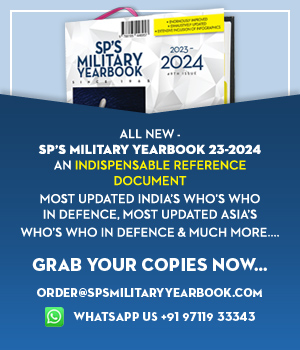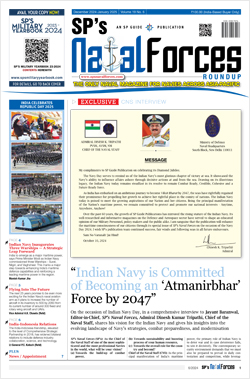INDIAN ARMED FORCES CHIEFS ON OUR RELENTLESS AND FOCUSED PUBLISHING EFFORTS
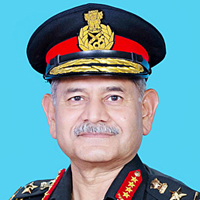
The insightful articles, inspiring narrations and analytical perspectives presented by the Editorial Team, establish an alluring connect with the reader. My compliments and best wishes to SP Guide Publications.
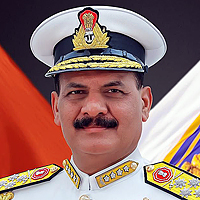
"Over the past 60 years, the growth of SP Guide Publications has mirrored the rising stature of Indian Navy. Its well-researched and informative magazines on Defence and Aerospace sector have served to shape an educated opinion of our military personnel, policy makers and the public alike. I wish SP's Publication team continued success, fair winds and following seas in all future endeavour!"

Since, its inception in 1964, SP Guide Publications has consistently demonstrated commitment to high-quality journalism in the aerospace and defence sectors, earning a well-deserved reputation as Asia's largest media house in this domain. I wish SP Guide Publications continued success in its pursuit of excellence.
- MoD initiates comprehensive review of Defence Acquisition Procedure 2020, pushes for defence reforms
- G7: The Swansong
- Kalinga Connect: South Asia to Polynesia
- Advanced MRSAM for India for a greater firepower
- Must Credit DRDO for Operation Sindoor, now what is next for defence R&D?
- Operation Sindoor | Day 2 DGMOs Briefing
- Operation Sindoor: Resolute yet Restrained
Navy Chief's Blueprint for Future Readiness
Insights from the Navy Chief on the 5 Pillars of Being Future Ready
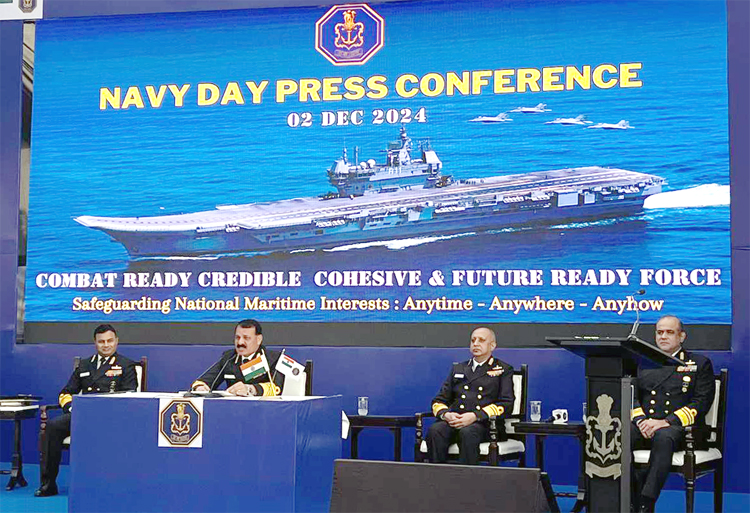
India's Chief of the Naval Staff Admiral Dinesh K Tripathi held the annual press conference on the eve of Navy Day 2024. Responding to the insightful question by Jayant Baranwal, Editor-in-Chief of SP Guide Publications, about what it truly means to be "future ready," and what are the key pillars of it, the Navy Chief outlined the essential elements required to ensure the Navy is prepared for the challenges ahead. He emphasized that being future ready is not about merely reacting to unforeseen events, but about positioning the Navy in a way that allows it to respond swiftly and effectively to challenges before they escalate. The goal is to proactively address global events, especially those that could impact national maritime interests.
1. Technological Advancement
The Navy Chief stressed that one of the primary pillars of being future ready is staying ahead of the technology curve. In an era of rapid technological advancement, it is crucial to integrate cutting-edge technology into the Navy's operations. The Chief pointed out that recent global conflicts, like the Armenia-Azerbaijan war, have provided valuable lessons about the necessity of being technologically advanced. By infusing new technologies into their systems, the Navy ensures it is never surprised by unforeseen advancements or shifts in the strategic environment. The Navy must be proactive in adopting and adapting to new technologies to maintain superiority in maritime operations.
2. Training and Personnel Readiness
A second critical pillar is ensuring that personnel are well-trained to operate the high-tech systems the Navy incorporates. The Navy Chief explained that, unlike land-based forces, naval personnel often work in isolation, especially on ships and submarines. In such environments, it is essential that personnel are capable of maintaining and repairing complex systems mid-sea. Proper training ensures that Navy personnel are not only capable of using advanced technology but can also keep it operational under challenging conditions. This level of readiness is crucial for the Navy's continued operational success, particularly in remote or hostile environments.
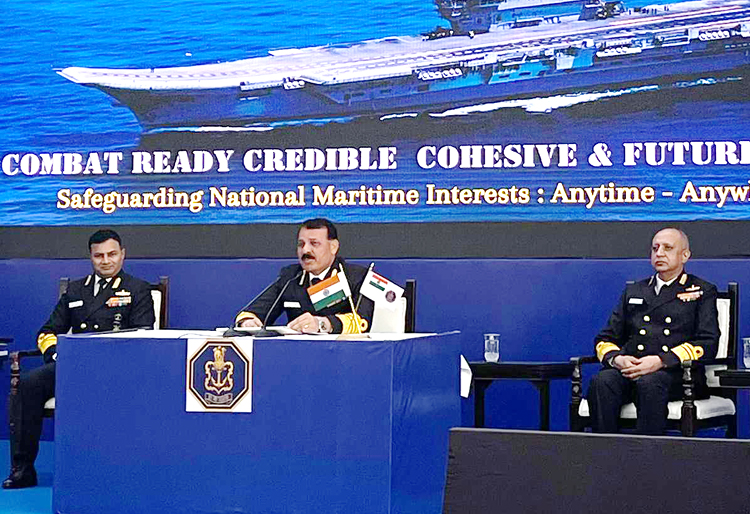
3. Leadership Development
The Navy Chief highlighted the third pillar as the cultivation of strong, forward-thinking leadership. He emphasized that future-ready leadership must be agile and equipped to face the unique challenges of the 21st century. In an era of rapidly evolving geopolitical dynamics and technological change, effective leadership will be essential in guiding the Navy through new and unforeseen challenges. The Navy is focused on developing leaders who can not only adapt to but also anticipate emerging threats and opportunities. These leaders will play a vital role in navigating the complex global security environment and ensuring the Navy's success.
4. Capability Enhancement
The Navy Chief also focused on the importance of enhancing capabilities to match the ever-evolving needs of national defence. This includes the introduction of new assets and systems that keep the Navy competitive and capable of responding to any maritime challenge. The recent approval for the induction of two nuclear-powered attack submarines (SSNs) and High-Altitude Long-Endurance Remotely Piloted Aircraft (HALE RPAs) are prime examples of such advancements. These additions will significantly enhance the Navy's operational flexibility and readiness. The Navy is committed to ensuring its capability enhancement is aligned with national security priorities, helping to maintain maritime dominance.
5. Maritime Domain Awareness (MDA)
Finally, the Navy Chief underscored the significance of Maritime Domain Awareness (MDA) as the starting point for all operational decisions. MDA involves the ability to detect, track, and respond to maritime activities that could threaten national security. By ensuring the Navy has comprehensive situational awareness of the maritime domain, the force can act swiftly to neutralise potential threats. The Chief noted that the Navy is making significant strides in this area, such as the government's recent approval of Phase-III of the Space-Based Surveillance (SBS) programme, which will significantly enhance satellite surveillance capabilities. These steps ensure that the Navy can remain on top of emerging maritime threats and respond proactively rather than reactively.




